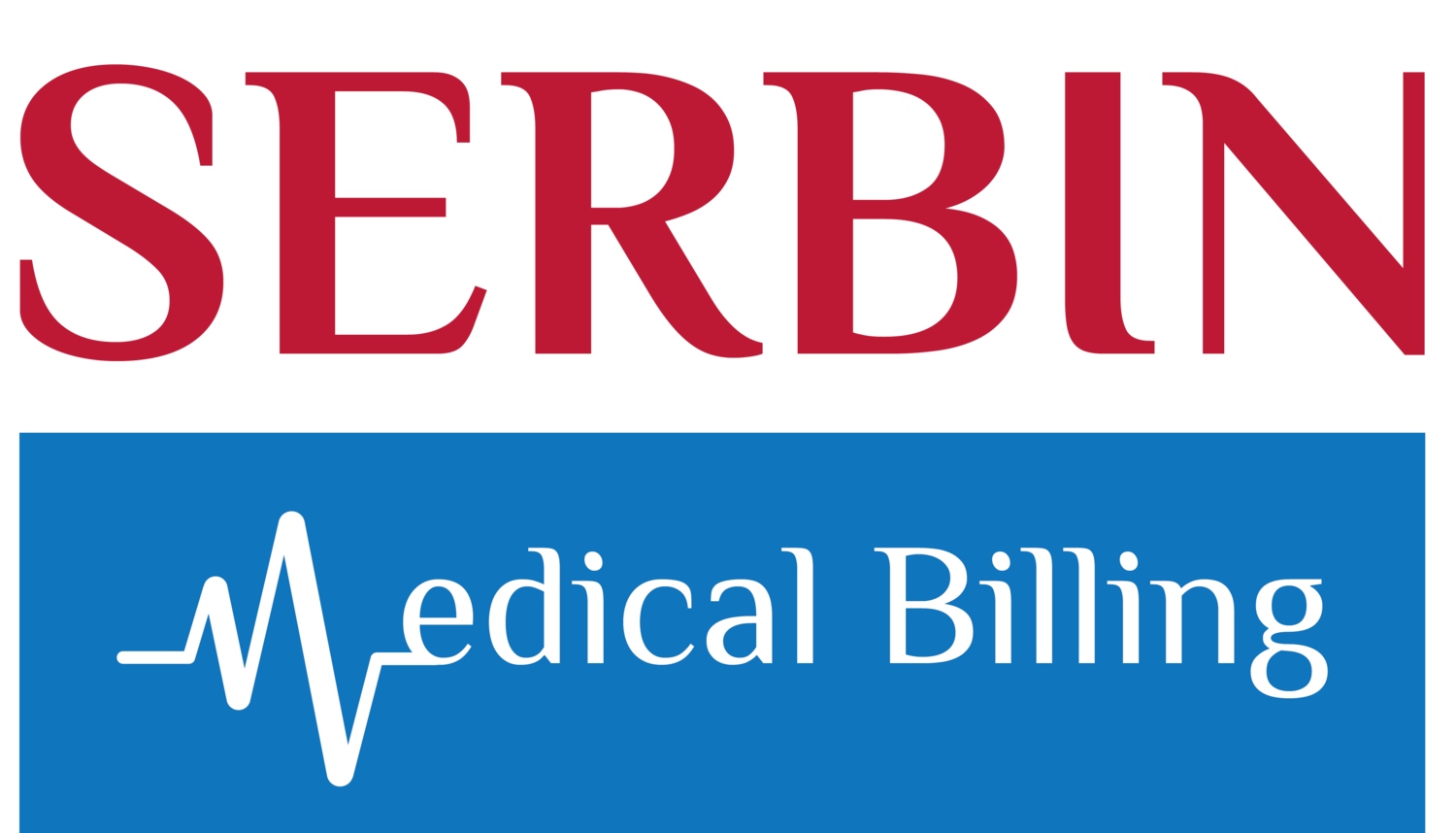Is it time for your ASC's revenue cycle check-up?
Written by Caryl Serbin, President and Founder, Serbin Medical Billing
Whether you outsource your ambulatory surgery center's billing or perform it in-house, it is important to regularly audit all areas of your revenue cycle. There are many factors that can affect an ASC's financial health. Each of these revenue cycle components should be examined routinely for efficiency and compliance.
Note: This article discusses some of the most critical revenue cycle areas to audit. For a more complete list, you can download a free "Check-Up Checklist" by clicking here.
Behind the Scenes
Areas that can negatively affect your center's cash flow and accounts receivable are often not easily detectable. The following components are often overlooked and rarely audited:
- Fee schedule: Is it up to date with current reimbursement rates?
- Third-party payer contracts: Are they loaded in your software with easy accessibility by payment posters?
- Software: Are you using ASC-specific software?
- New procedure codes: Are you up to date in adding all new procedure codes?
- Medicare updates: If you are a Medicare-participating ASC, you receive regular updates from Medicare. Do you read them and update your fee schedule or procedure code list when necessary?
- Billing policies and procedures: Do you have written policies and procedures outlining how to perform each revenue cycle function? If outsourcing, does your billing company have these policies and procedures in place, and do you have a copy of them?
- Compliance plan: Do you have a written, up-to-date compliance plan detailing all federal and state regulations/requirements?
Revenue Cycle Areas
These areas are the ongoing billing and collection activities performed by your staff or your billing company. The results of these activities are usually checked on a monthly basis by reviewing end-of-month (EOM) reports; however, EOM reports do not reveal other vital aspects of these functions that often go unnoticed. They include the following:
- Coding: Is your coder experienced, and does he/she maximize the codes used while remaining compliant?
- Charge posting/billing: Are claims being posted accurately, and are clean claims out the door within 24 hours of receipt from coder?
- Insurance collections: How soon do your collectors start calling insurance companies on delayed or erroneous payments? How often do they follow up?
- Payment posting: Are payments posted on the same day they are received? How are deposits handled?
- Patient collections: How soon — and how often — are patient accounts billed?
- Refunds/write-offs: Do you have a written procedure for handling both refunds and write-offs? If you are outsourcing, who handles these?
Reporting/Auditing
EOM reports should be substantiated by actual patient balance activities. They should be meaningful to your surgery center and easy to understand. However, reports generated by less-sophisticated software are often of a cookie-cutter variety and do not pinpoint where problems lie in your revenue cycle. Make sure to address the following:
- EOM: How do you measure your accounts receivable?
- Transparency: If outsourcing, do you have full access to all account activity and reports?
- Audits: Are all areas of revenue cycle management audited regularly, both internally and by an independent auditor?
Each of these listed areas of revenue cycle management has many facets. It is imperative for ASCs to routinely inspect them and others in great detail to ensure maximized revenue and consistent cash flow.
Caryl Serbin, RN, BSN, LHRM, is president and founder of Serbin Medical Billing (SMB), an ASC revenue cycle management company. SMB's primary objectives are to provide the best coding, billing and accounts receivable management services available to ambulatory surgery centers (hospital joint-venture, corporate-owned or independent) and anesthesia providers. Serbin has been a leader in the ASC industry for 30 years. She was the founder of the first ASC-specific billing company.


